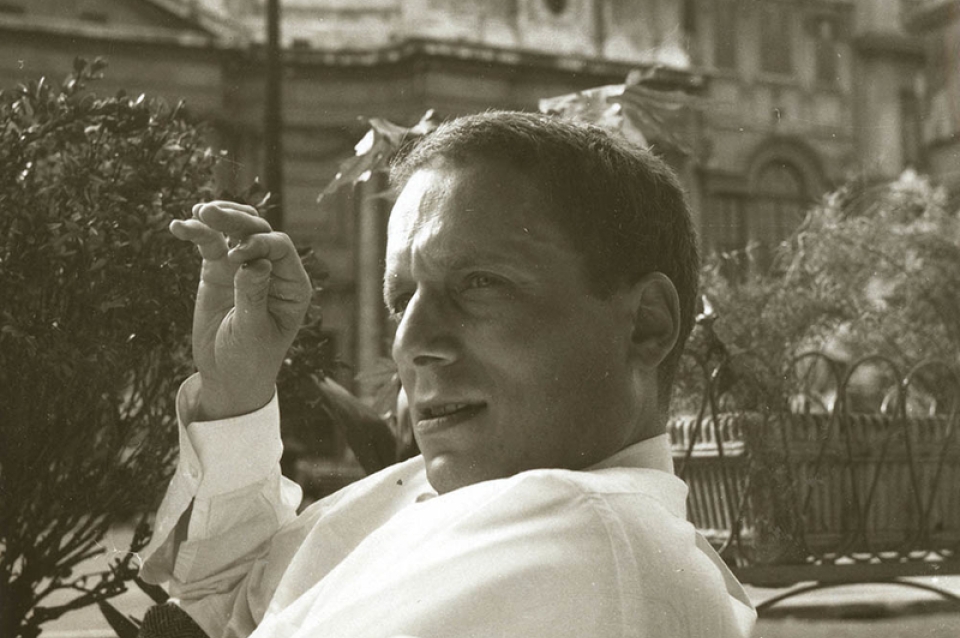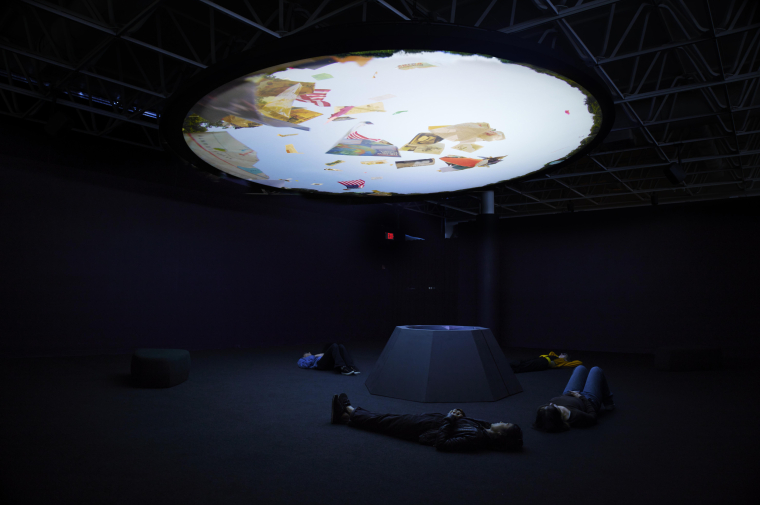October 2, 2018
Stuart Weitzman School of Design
102 Meyerson Hall
210 South 34th Street
Philadelphia, PA 19104
Get the latest Weitzman news in your Inbox
Media Contact
Michael Grant
mrgrant@design.upenn.edu
215.898.2539
Before he was a Prtizker Architecture Prize winner, and even before he was the celebrated author of Complexity and Contradiction, architect Robert Venturi was a member of the faculty at PennDesign.
Venturi joined the faculty at PennDesign in 1957. It was at a faculty meeting, in 1960, when the future of Frank Furness’s Fisher Fine Arts Library was hotly debated, that he met his future wife and business partner, PennDesign alumna Denise Scott Brown (MCP’60 and MArch’65).
Teaching at PennDesign was a defining episode in Venturi’s long career, and he left an indelible impression on hundreds of students before deciding to dedicate himself to his practice in 1965. From 1961 to 1965, he taught Theories of Architecture, one of a series of groundbreaking theory courses offered at the time whose energizing influence can be seen in projects such as Grand’s Restaurant, New York University’s Institute of Fine Arts, Guild House, the North Penn Visiting Nurses’ Association, and particularly the Vanna Venturi House. As Venturi himself related, his legendary 1966 book Complexity and Contradiction grew directly out of his Architecture 511 course.
Venturi’s close relationship with PennDesign continued to evolve over the course of his life. He received an honorary doctorate from the University in 1980. From 1985 to 2002, he served on the Board of Overseers. In the late 1980s, the firm he led with Denise Scott Brown was engaged to lead the restoration of the Fine Arts Library; work was completed in 1991. Says William Whitaker, curator and collections manager at the Architectural Archives, “We here at PennDesign love the Furness building, and Bob and Denise helped us learn to love it again.”
In 1998, the firm began working with the Archives to establish the Venturi, Scott Brown Collection. In the subsequent two decades, they transferred drawings, models, photography, and correspondence papers to the Archives, creating the most extensive documentation of their architectural and planning projects to be found anywhere in the world.
On the occasion of Venturi’s passing, PennDesign invited individuals who studied or worked with him, as well as leading scholars on his work, to reflect on his many contributions.


 Expand Image
Expand Image



